Native Hydrangeas: Beautiful Easycare Plants That Thrive In Your Backyard
Native Hydrangeas: Beautiful Easy-Care Plants That Thrive in Your Backyard
Hydrangeas are some of the most popular flowering shrubs in the world, and for good reason. They are beautiful, versatile, and relatively easy to care for. But did you know that there are also many native hydrangeas that can thrive in your backyard?
Native hydrangeas are those that have evolved to grow in a particular region or ecosystem. They are well-adapted to the local climate and soil conditions, and they often have a higher tolerance for pests and diseases than non-native hydrangeas.
In addition to being easy-care, native hydrangeas also offer a variety of benefits. They can help to attract pollinators, they can provide food and shelter for wildlife, and they can add beauty and interest to your landscape.
If you are looking for a beautiful and low-maintenance plant for your backyard, consider planting a native hydrangea. Here are a few of the best native hydrangeas for your region:
- Oakleaf hydrangea (Hydrangea quercifolia): This large, deciduous shrub is native to the eastern United States. It has large, oak-shaped leaves and clusters of white flowers that turn pink in the fall. Oakleaf hydrangeas are hardy in zones 4-9.
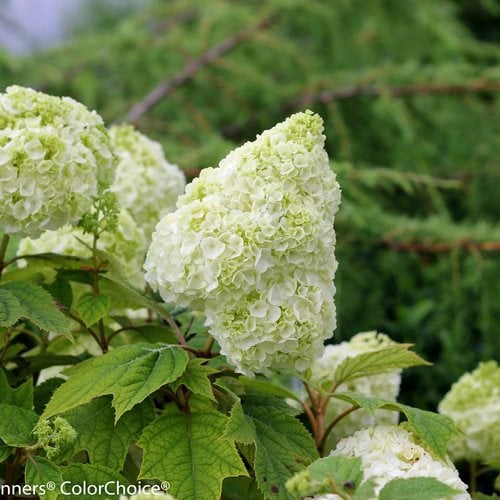
- Smooth hydrangea (Hydrangea arborescens): This smaller, deciduous shrub is native to eastern North America. It has white flowers that turn green or pink in the fall. Smooth hydrangeas are hardy in zones 3-8.

- Panicle hydrangea (Hydrangea paniculata): This large, deciduous shrub is native to Asia. It has large, cone-shaped clusters of white, pink, or blue flowers. Panicle hydrangeas are hardy in zones 3-8.
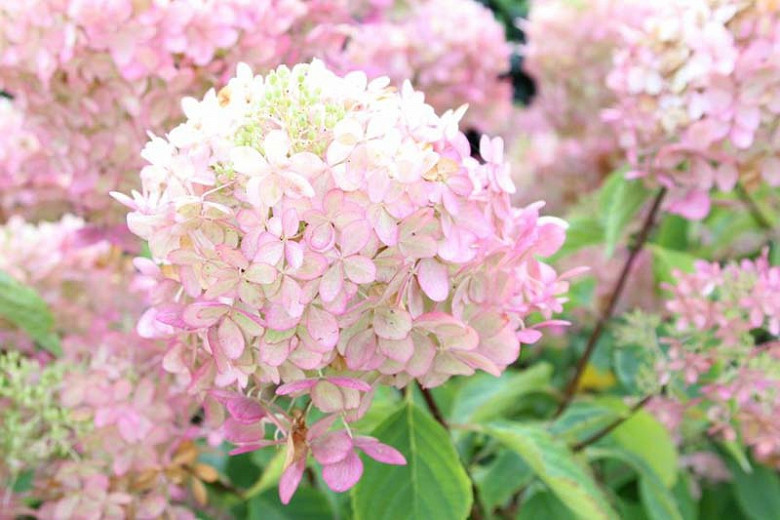
- Hillside hydrangea (Hydrangea villosa): This small, evergreen shrub is native to the southeastern United States. It has white flowers that turn pink in the fall. Hillside hydrangeas are hardy in zones 5-9.

These are just a few of the many beautiful and easy-care native hydrangeas that are available. When choosing a hydrangea for your backyard, consider the size of the plant, the color of the flowers, and the hardiness zone. You should also choose a hydrangea that is suited to the amount of sunlight and water in your area.
With a little care, native hydrangeas can thrive in your backyard for many years. They will add beauty and interest to your landscape, and they will provide a home for pollinators and wildlife.
Native hydrangeas are a beautiful and easy-to-grow addition to any garden. They come in a variety of shapes, sizes, and colors, and they are all well-suited for North American gardens. If you are looking for a low-maintenance plant that will add a splash of color to your landscape, then a native hydrangea is a great option.
There are many different species of native hydrangeas, so you can find one that is perfect for your climate and growing conditions. Some popular choices include smooth hydrangea (Hydrangea arborescens), oakleaf hydrangea (Hydrangea quercifolia), and mountain hydrangea (Hydrangea hirsuta).
Native hydrangeas are relatively easy to care for. They prefer full sun to partial shade and moist, well-drained soil. They should be watered regularly during the growing season, but they are relatively drought-tolerant.
If you are interested in learning more about native hydrangeas, I recommend visiting the . This website has a wealth of information on native hydrangeas, including species profiles, care tips, and planting guides.
FAQ of native hydrangea
1. What are native hydrangeas?
Native hydrangeas are species of hydrangea that are native to a particular region. In North America, there are over 70 species of native hydrangeas. They are typically found in moist, shady areas, such as woodlands and stream banks.
2. What are the benefits of planting native hydrangeas?
There are many benefits to planting native hydrangeas. They are:
- Adaptable to a variety of conditions: Native hydrangeas are typically very adaptable to a variety of soil types and conditions. They can tolerate full sun to partial shade, and they are relatively drought-tolerant once established.
- Attract wildlife: Native hydrangeas are often attractive to butterflies, bees, and other pollinators. They can also provide food and shelter for birds and other wildlife.
- Beautiful flowers: Native hydrangeas typically have beautiful flowers that bloom in the summer. The colors of the flowers can vary depending on the species, but they often range from blue to pink to white.
- Low maintenance: Native hydrangeas are relatively low-maintenance plants. Once they are established, they do not require a lot of care.
3. How do I care for native hydrangeas?
Native hydrangeas are relatively easy to care for. They need to be planted in a location that receives full sun to partial shade. They also need to be watered regularly, especially during the first year after planting. In addition, they should be fertilized once a year in the spring.
4. What are some common problems with native hydrangeas?
Some common problems with native hydrangeas include:
- Leaf spot: Leaf spot is a fungal disease that can cause brown or black spots on the leaves. It can be treated with a fungicide.
- Aphids: Aphids are small, sap-sucking insects that can damage the leaves and flowers of hydrangeas. They can be controlled with insecticidal soap or neem oil.
- Scale: Scale is a small, insect-like pest that can attach to the stems and leaves of hydrangeas. It can be controlled with a horticultural oil.
5. Where can I buy native hydrangeas?
Native hydrangeas can be purchased from garden centers, nurseries, and online retailers. When choosing a native hydrangea, be sure to select a species that is native to your region. This will help ensure that the plant will thrive in your climate.
Image of native hydrangea
- Smooth Hydrangea (Hydrangea arborescens): This is a native hydrangea that is found in eastern North America. It is a deciduous shrub that can grow up to 6 feet tall. The flowers are white or pink and bloom in late spring to early summer.

- Mountain Hydrangea (Hydrangea macrophylla): This is a native hydrangea that is found in the mountains of eastern North America. It is a deciduous shrub that can grow up to 8 feet tall. The flowers are blue, pink, or white and bloom in late summer to early fall.
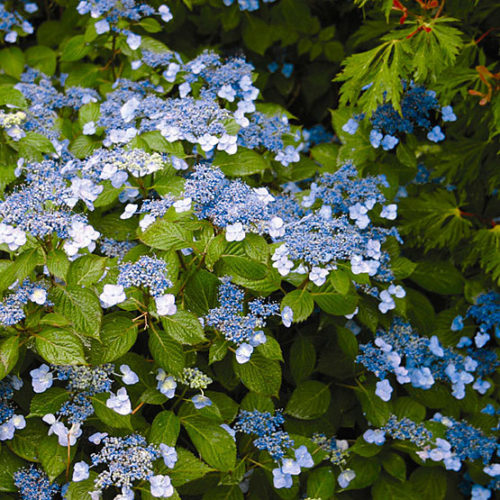
- Bigleaf Hydrangea (Hydrangea macrophylla): This is a native hydrangea that is found in eastern North America. It is a deciduous shrub that can grow up to 15 feet tall. The flowers are blue, pink, or white and bloom in late summer to early fall.
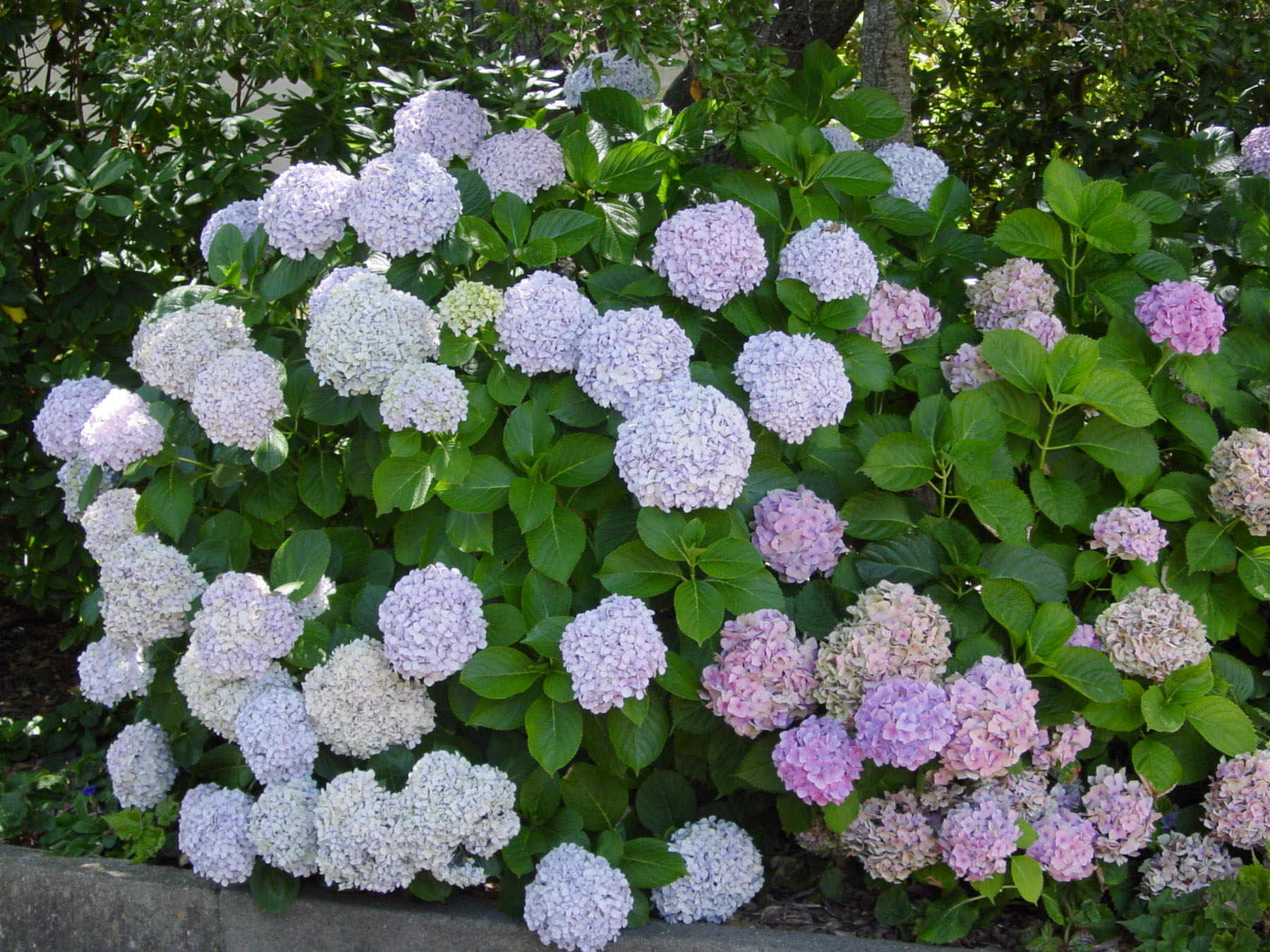
- Oakleaf Hydrangea (Hydrangea quercifolia): This is a native hydrangea that is found in the eastern United States. It is a deciduous shrub that can grow up to 10 feet tall. The flowers are white or pink and bloom in late summer to early fall.

- Pansy Hydrangea (Hydrangea paniculata): This is a native hydrangea that is found in eastern North America. It is a deciduous shrub that can grow up to 15 feet tall. The flowers are white, pink, or blue and bloom in late summer to early fall.
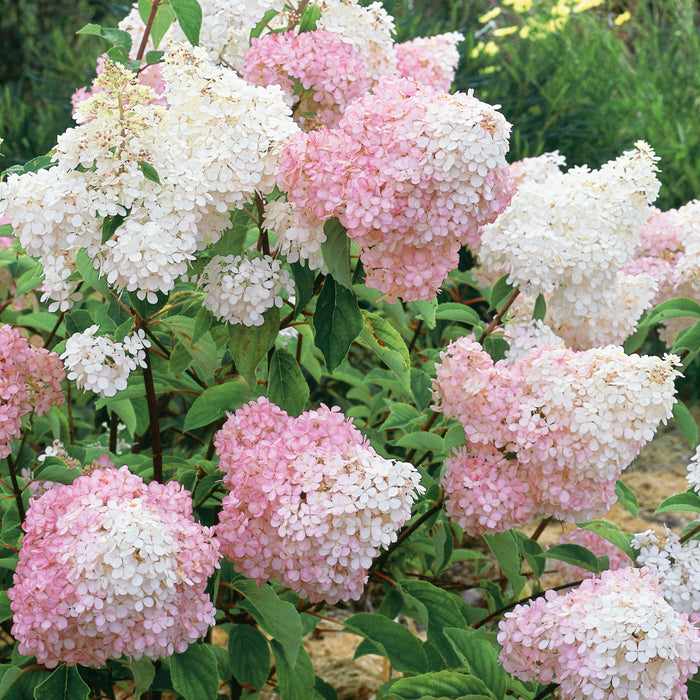
Post a Comment for "Native Hydrangeas: Beautiful Easycare Plants That Thrive In Your Backyard"